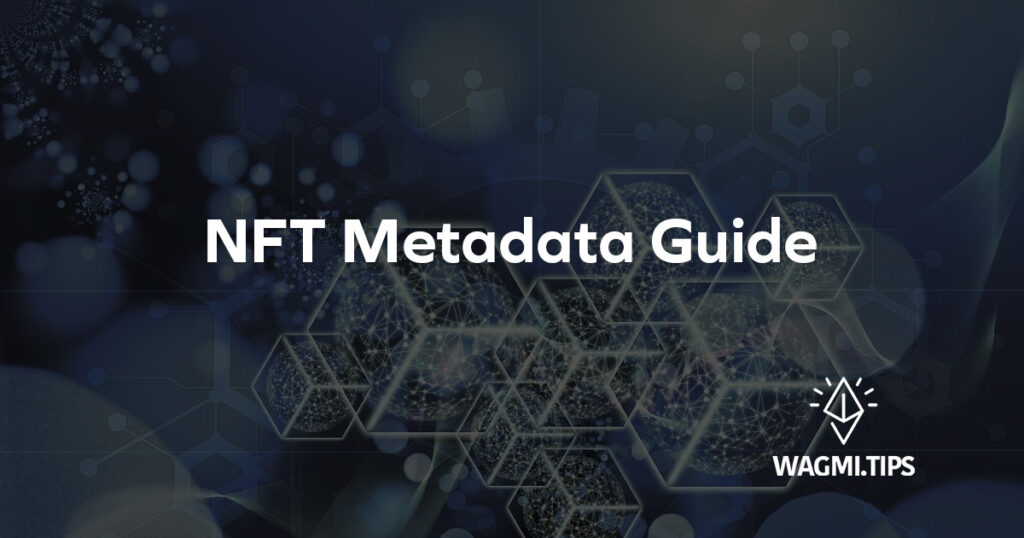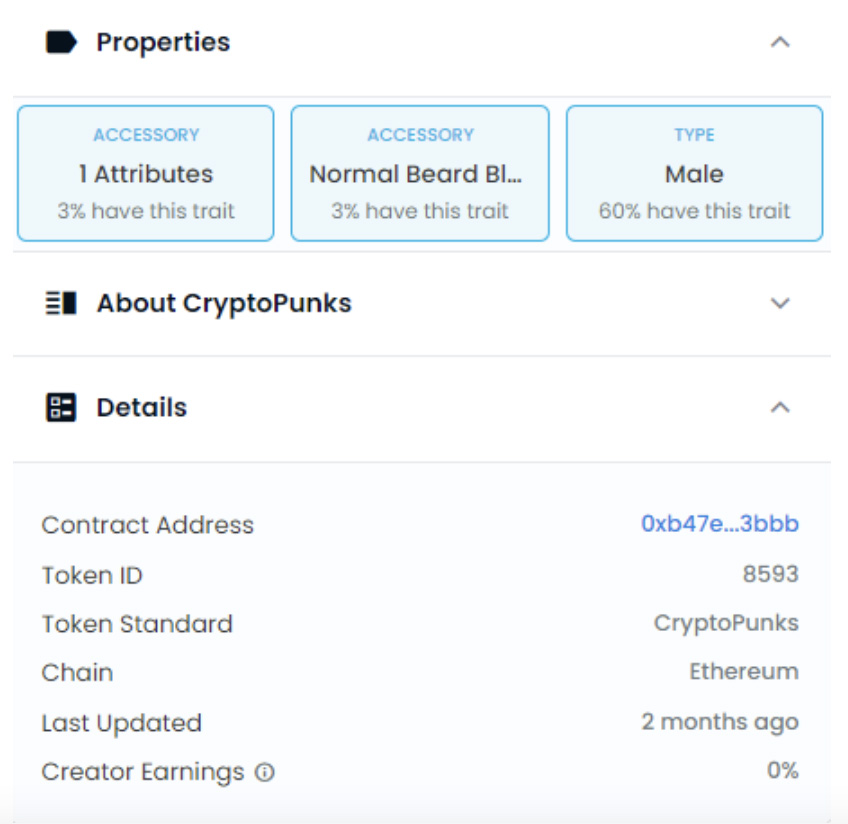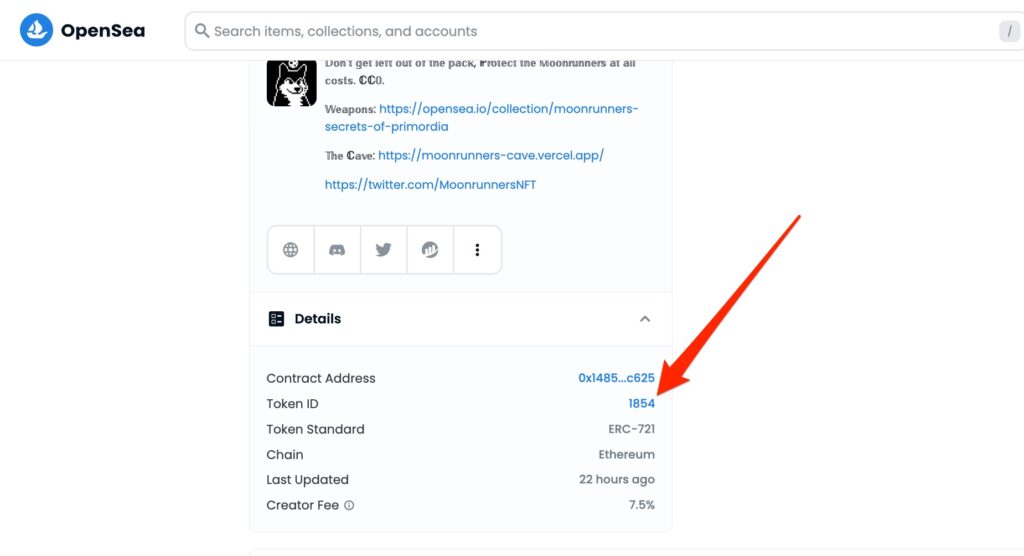The Complete Guide To NFT Metadata – What You Should Know
Although NFT metadata is an essential part of NFT technology, it remains a mystery to many within the community. Without metadata, minting a simple jpeg NFT may cost hundreds of thousands of dollars on gas fees alone (due to trying to store the entire information about the NFT on the blockchain). So, what is NFT metadata and why should you care? Read on to find out!

Table of Contents
What Is NFT Metadata?
NFT metadata is the set of data that makes up the content of a given NFT. For a typical PFP NFT, metadata often includes the description, name, traits, link to the hosted image, and several other information. With the current development, NFT metadata is often specified in a JavaScript Object Notation (JSON) format.
Importantly, NFT metadata allows most of the details of an NFT to be stored off-chain. When users mint, buy, or sell NFTs on NFT marketplaces like OpenSea, only limited information like the token ID and contract address are recorded on the blockchain. The rest of the information is often stored on the InterPlanetary File System (IPFS), a distributed peer-to-peer file sharing network. Of course, some NFT projects store their metadata on centralised servers as well. On that note, creators need to remember to freeze the metadata to ensure they do not change even if they are stored off chain.

Importance Of NFT Metadata
You may be wondering why the bulk of an NFT’s information needs to be stored off chain. Isn’t it more secure if everything can be recorded on chain? Well, cryptocurrency exchange Gemini estimated that storing 1GB of data on Ethereum costs around 17,500 ETH. Currently, only around 1,000GB of data sits on the Ethereum blockchain. With jpegs requiring at least 2-4MB, it may not be feasible to host an entire NFT on the blockchain, both financially and technically speaking.
Both creators and buyers should have a basic understanding of NFT metadata standards prior to making any decisions. The choice of a metadata standard has direct impacts on the interoperability with the NFT ecosystem including the marketplace, digital wallets, and others. As websites need to employ NFT metadata to display NFTs correctly, using an uncommon metadata standard may lead to a poor user experience.
With Ethereum as the undisputed blockchain of choice for NFTs, the most common NFT standards are ERC-721 and ERC-1155. Binance offers similar standards on the BNB Chain through its BEP-721 and BEP-1155.
How To Check Your NFT’s Metadata?
When you mint an NFT, the metadata of individual NFTs are often randomly assigned prior to the minting process, especially for a common 10k PFP NFT project. After the minting is complete, you will be able to verify your NFT’s metadata easily through the various available platforms. You can check your Ethereum-based NFT’s metadata using Etherscan, while Binance-based NFTs can be verified using BscScan. Other platforms include Polygon’s PolygonScan, Arbitrum’s Arbiscan, and Avalanche’s Snowtrace. These services allow you to check various NFT information such as smart contracts, transaction histories, and others.
Checking NFT Metadata On OpenSea
Often times, there is a direct link to where metadata is stored for NFTs which you can check on the NFT item page.

How To Include NFT Metadata In Your NFT Project?
If you are an NFT creator and are thinking of launching your NFT collection, we recommend using NFT-inator, a free tool that helps you automatically generate Metadata for your entire art collection.
Conclusion
While NFT marketplaces and no-code tools make it so easy to launch new NFT projects, the importance of NFT metadata should not be discounted. As the industry continues to grow, NFT metadata standards are sure to evolve accordingly. Stay tuned to Wagmi.tips for more NFT tips to keep yourself ahead of the pact.
